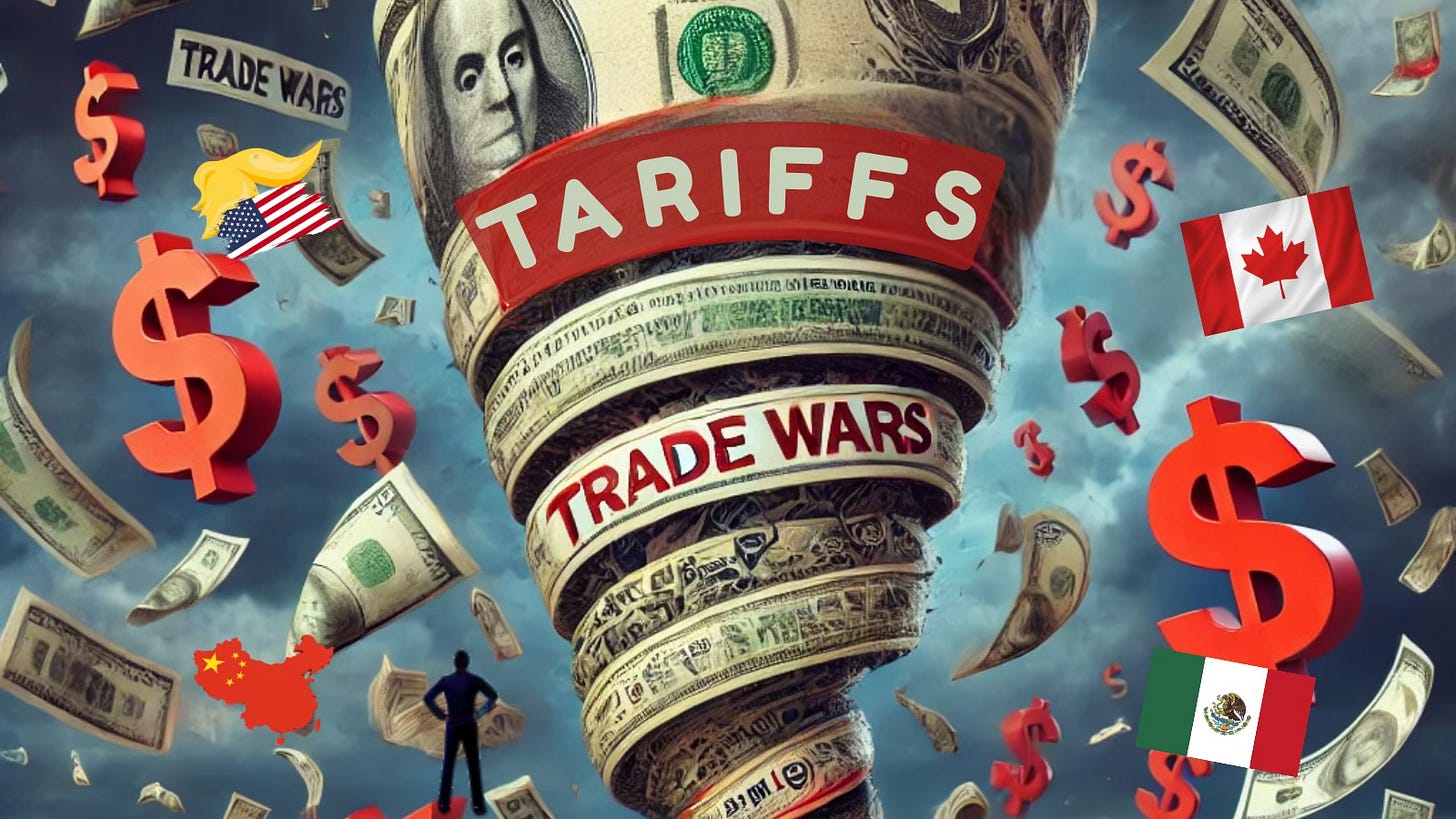The Tariff Mirage
Economic nationalism, political theater, or both?
Since his first presidency, Donald Trump has been fixated on tariffs as a primary tool of economic policy. In his second term, he has once again escalated trade wars, imposed heavy tariffs on foreign imports, and shifted blame onto his political opponents. But are these measures truly benefiting Americans, or are they simply distractions from the chaos of his Administration? Let's break down Trump's ongoing tariff crusade, its history, and its real impact.
A Look Back: Trump's First Trade War
During his first term, Trump imposed tariffs on steel and aluminum imports in 2018 under the guise of national security. The goal was to revive American manufacturing, force China to change its trade practices and reduce the trade deficit. A full-blown trade war followed, particularly with China, as both countries imposed tit-for-tat tariffs on billions of dollars worth of goods.
The results? While some U.S. steel manufacturers benefited, many American industries relying on steel and aluminum saw higher costs, ultimately passing those costs onto consumers. American farmers, a core part of Trump's base, were hit particularly hard when China retaliated by imposing tariffs on American agricultural products. Soybean farmers suffered immensely as China, the largest buyer of U.S. soybeans, drastically cut its imports. Prices plummeted, leaving farmers with unsold surpluses and financial hardship–something I remember vividly having been on the receiving end while sitting in former Vice President Pence's office getting their angry calls. (They were also angry at the immigration raids back then, I can only imagine what they're saying now…) The Administration attempted to mitigate the crisis with billions in taxpayer-funded bailouts. The program eventually totaled approximately $28 billion. With Trump's kind of government spending, it is no wonder DOGE is needed. Oh..wait. Sure, blame Biden again.
Despite Trump's claims of bringing manufacturing back to America, studies showed little evidence of widespread reshoring. Instead, companies either absorbed the higher costs or moved production to countries unaffected by the tariffs, such as Vietnam or Mexico. Meanwhile, China diversified its trade relationships, strengthening ties with Europe and other Asian markets. In short, the tariffs hurt both economies but failed to achieve their intended objectives.


